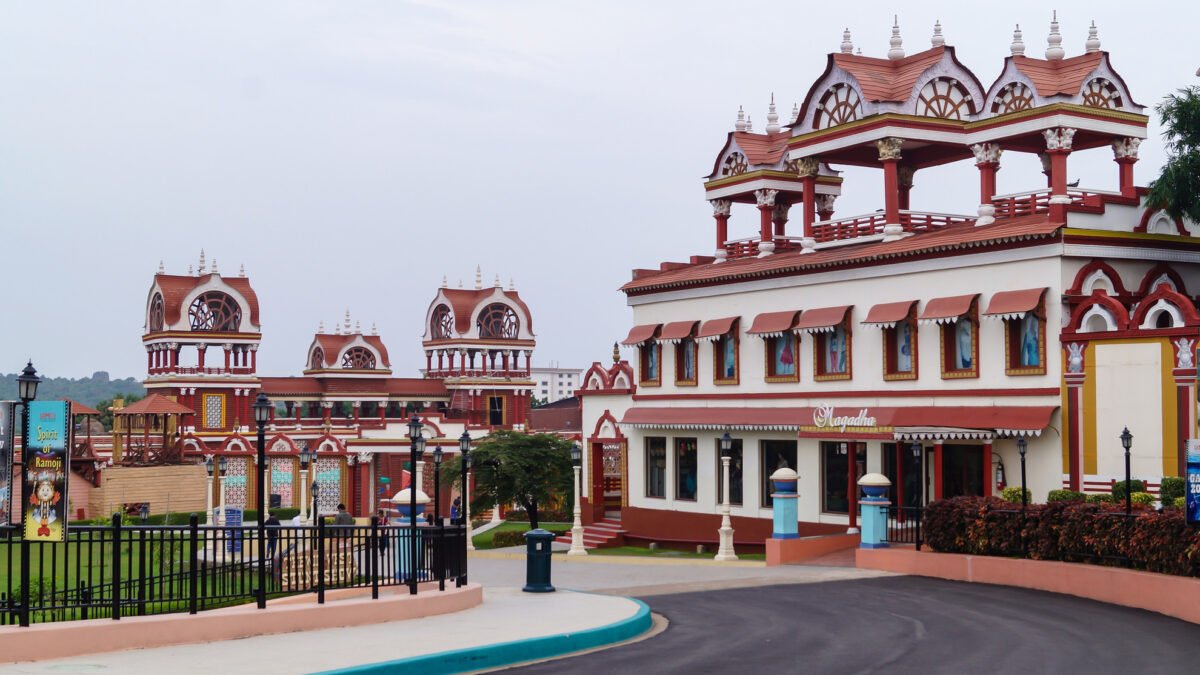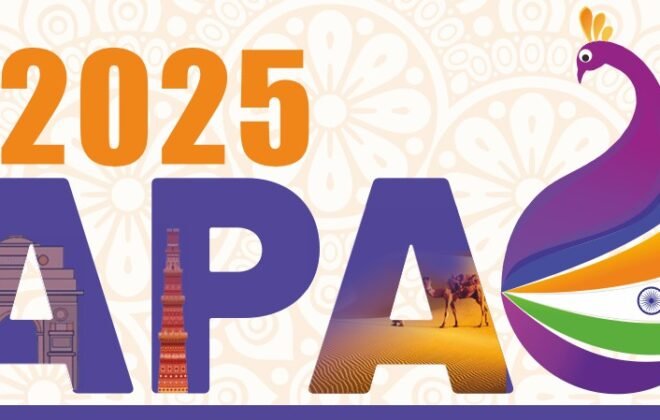Crafting Dreams: The Art of Movie Set Design and Fabrication
Above image is for presentation only. We did not build the structure.
The Evolution of Movie Set Design
The evolution of movie set design and fabrication has profoundly influenced the cinematic experience, with each decade presenting distinct milestones in the field. Early cinema primarily relied on limited, static backdrops, often crafted from painted flats, to create the illusion of different locations. These rudimentary designs paved the way for the more intricate set pieces that characterize contemporary filmmaking. As technology advanced, so too did the capabilities of movie set designers and fabricators. And this enables the creation of immersive environments that transport audiences into the narrative.
The golden age of Hollywood marked a significant turning point as films began to utilize elaborate sets to enhance storytelling. Films from the 1930s to the 1950s showcased the artistry of set designers who meticulously crafted opulent interiors and exteriors. During this era, the rise of sound stages allowed for greater flexibility in design and fabrication, enabling the recreation of diverse settings within a single location. The expertise of movie set designers became integral to the filmmaking process, as their contributions went beyond visuals to elevate the emotional resonance of the story.
Expertise in Design and Fabrication
Successful movie set design and fabrication require a diverse set of skills and experiences, making it a highly specialized field within the film industry. Movie set designers and fabricators must navigate a myriad of challenges during the design phase, including understanding the director’s vision, the thematic elements of the film, and the practical limitations of time and budget. This early phase often involves brainstorming sessions and sketches, where designers visualize concepts using both traditional and digital techniques, ensuring that the initial ideas align with the overall aesthetic of the production.
The meticulous approach required in fabricating sets is evident in the dedication to detail that movie set designers and fabricators exhibit. This process goes beyond merely constructing physical backdrops; it encapsulates the creation of immersive environments that elevate storytelling. With a thorough grasp of materials and construction techniques, professionals in this field manipulate wood, metal, and foam to replicate desired textures and finishes, ensuring that every element maintains consistency with the intended visual narrative.
Collaboration plays a pivotal role in the realization of a film set. Movie set designers work closely with a team comprising carpenters, painters, and artists, forming a multifaceted unit that translates creative visions into tangible realities. Each member brings their expertise to the table, contributing to a cohesive presentation that resonates with viewers. This teamwork is essential for overcoming challenges that arise during fabrication, whether it involves adapting to unforeseen constraints or refining the aesthetics as scenes evolve. The synergy among these professionals not only fosters an efficient workflow but also enhances the artistic integrity of the set, ultimately enriching the film’s visual experience.
Creating Realism: The Importance of Detail in Set Design
Movie set designers and fabricators play a crucial role in bringing visual narratives to life through their meticulous attention to detail. Achieving realism in set design requires a comprehensive understanding of materials, artistic choices, and how various elements interact on screen. One of the primary techniques employed involves thoughtful use of color schemes, where colors selected not merely based on aesthetics but also on how they influence audience perceptions and emotions. Designers often rely on color theory to convey specific moods or themes, ensuring that every shade aligns with the overall narrative.
Texturing is another essential aspect of creating an authentic atmosphere. Set designers utilize a variety of materials and finishes to replicate real-world surfaces, thus enhancing visual depth. For example, a brick wall crafted using actual bricks or faux alternatives, each offering unique characteristics that affect realism. The finish applied, whether it be matte, gloss, or distressed, serves to further mimic the ages and conditions that these objects portray, aiding viewers in suspending disbelief.
The incorporation of props and furnishings is equally important in set design. Thoughtfully curated props not only add layers of storytelling but also ground scenes in reality. Designers must ensure that every item fits the context of the scene, considering factors like scale, material authenticity, and historical accuracy. Moreover, the interplay of lighting and camera angles significantly impacts the perceived realism of a set. Lighting can transform the mood, while skillful camera work can enhance the textures and colors designed to create an immersive experience for viewers.
In conclusion, the synergy between detail-oriented design and innovative construction techniques is vital in the work of movie set designers and fabricators. These artistic choices culminate in a visual experience that captivates audiences and gives life to cinematic stories.
Budget-Friendly Solutions in Set Design
In the realm of movie set design and fabrication, budget constraints often pose significant challenges. However, experienced movie set designers and fabricators have developed creative and practical strategies to ensure that compelling visuals can be achieved without exceeding financial limits. This section explores effective ways to incorporate cost-efficient methods while maintaining high artistic standards.
One of the primary strategies involves the selection of versatile materials that offer both affordability and aesthetic appeal. For instance, plywood and foam can serve as excellent substitutes for more expensive materials like solid wood or fiberglass. By using these alternatives, designers can create intricate structures and textures at a fraction of the cost. Moreover, recycled materials can play a pivotal role in set design; repurposed wood, metal, and fabric lend character and sustainability to any set while significantly reducing expenses.
Another tip for cost-effective set design is to focus on modular construction techniques. By designing sets that can be easily disassembled and reconfigured, designers not only save on materials but also allow for greater flexibility in future productions. This approach not only optimizes resources but also extends the life of the set components, making them usable for multiple projects over time.
Collaboration is also key in budget-conscious set design. Engaging with various departments within a production can lead to innovative solutions that leverage shared resources. For example, cost savings can be achieved when costume and prop departments are involved in the design process, leading to creative integration of elements that might otherwise go unused.
In conclusion, professional movie set designers and fabricators can indeed deliver impactful set designs within budget constraints by employing innovative strategies, utilizing cost-effective materials, and encouraging collaboration among departments. By doing so, they make extraordinary set designs accessible, ensuring that even low-budget productions can achieve cinematic finesse.
 Want more clarification?
Want more clarification?
Please don’t hesitate to call us or mail us. 8870766660 or mail us at reachus@stallfabrication.in
Orange Fabrication Is A Company Of Orange Art Factory – Event Management Company





Very helpful article.